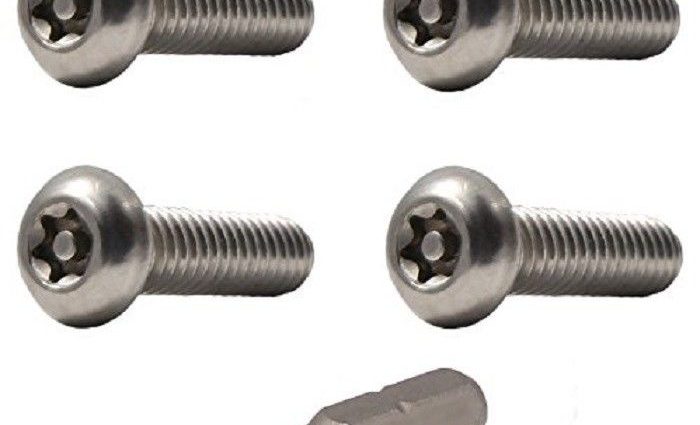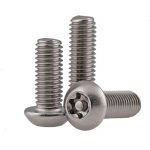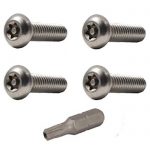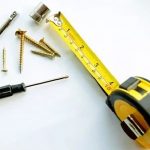What are Security Screws
The main use of security fasteners is to stop theft and vandalism. Security screws have special heads that make them harder to remove and more resistant to pressure or wear. Security screws are usually made of steel with a zinc coating and are also known as tamper-proof, anti-tamper and anti-theft screws. They are part of a wider range of professional security fixes.
For example, security screws are often used to secure high-cost portable devices such as electronics. In addition, they are used in industrial infrastructure, medical and pharmaceutical facilities, correctional facilities, aerospace and automotive industries, as well as financial institutions, government sites, and more. Even hotels may use security screws to deter guests from tampering with furniture or fixtures, and classic-car collectors often use them to attach license plates to valuable cars.
How do they work?
To answer this question, it’s probably easier to compare them to the standard screws that most people know.
The screw-drivres are usually what separates standard screws from safety screws, and what really makes them safe.
A driver is how a screw is held in place, usually by some form of groove in or on the screw head, matched to the tool mount, so that the screw can be turned to hold it in place. Examples of common screwdrivers you may have heard of include Pozi, Phillips, Slotted, and Socket (also known as Allen Key). The driver is one of the main considerations when it comes to buying screws, safety or otherwise.
Security screw drives tend to be more unusual. For example, Pin TX security screws (shown here) or Pin Torx, feature a torx drive and standard socket respectively, but with a center pin, which prevents standard tools from working with them, special safety tools are therefore required to attach and detach them. You may have seen them without even noticing the pin; they’re easy to miss if you’re not looking for them!
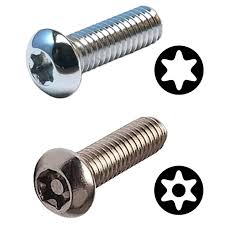
Some security screws have a completely different type of drive. 2-hole security screws (also called hog-nose fixings) for example, have 2 holes in the head that can be set at different distances and require a special tool to install them. Again, these can be attached and removed using special security tools.
There are even a few drive styles that allow standard tools to be installed, such as clutch and sentry drives; however, the drive design on these types of security screws allows users to install but not remove (these are known as one-way security screws).

